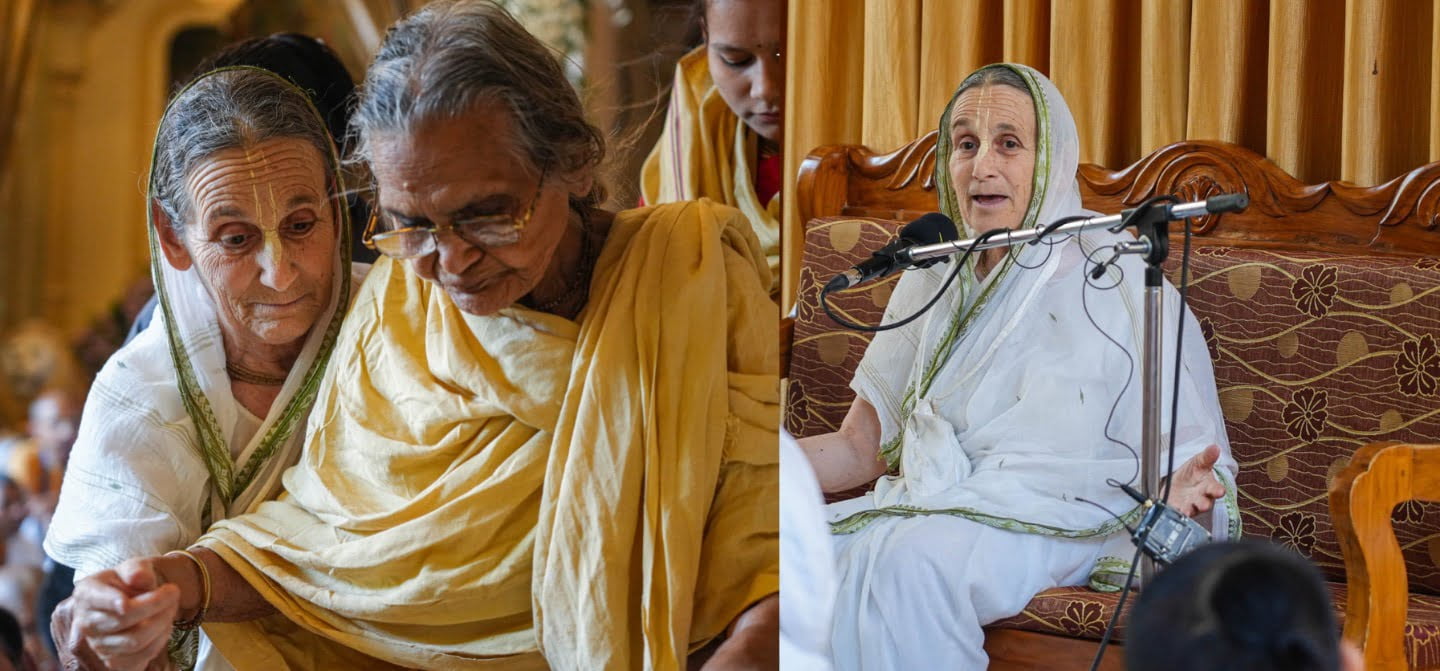Indian Media Focus on Religious Festivals
By Anjali Doshi | Sep 06, 2007

As Mumbai celebrates Gokulashtami and human pyramids form and fall in the heart of Mumbai, the breathtaking acrobatics are beamed live across the nation from Kashmir to Kanyakumari.
In fact, there is minute-by-minute coverage of the celebrations, just like reality television, with the camera not leaving a single moment out. And the same is the chaos is set to occur even during Ganeshotsav.
At the centre of media frenzy stands the bemused God – looking on benignly. He too seems to have got used to his ”breaking news” status.
However, focused coverage is not just about Krishna or Ganesh, and neither is it about Mumbai.
Whether it’s Diwali, Eid, Christmas or Navroze, national news channels and newspapers jump in with an elaborate coverage.
So the real question that arises is whether all this is just mindless media coverage or is there something more to it.
”I don’t think it’s mindless at all. I think what is mindless are the soap operas and those stupid shows. What I am saying is real people, real situations without a script is very fascinating. It’s almost like voyeurism. Like you have a peeping tom, you’re peeping at a festival and seeing people’s reactions,” said Alyque Padamsee, Adman.
Further, he believes that these celebrations go beyond religion in the narrow sense of the word.
”It is a celebration of the human spirit. Gokulashtami, when you break the handi, and the money comes pouring down. It’s wonderful. I love that moment. The boys precariously forming the human pyramid and the string holding the chaati swaying, how exciting. It’s better than any basketball game,” said Alyque Padamsee.
It is perhaps this attraction among the viewership that results in greater media interest.
As a result, not just national festivals, mass coverage is also extended to local celebrations like the Jagannath Yatra, Nariyal Purnima or the Chhat Puja.
Even miracles and superstitions don’t get left out. A recent example of this is the frenzy over Mahim Creek water, which people believed had miraculously turned sweet.
”There is some measure of drama in almost all rituals and in all celebrations there is a measure of natural drama because this natural drama, because all rituals are created as a public thing. So then you know so when the priest raises his hand or when the sadhu clinks his bells or when public singing breaks out or when there is dancing in the streets the camera is seduced.”
”We are all seduced by it, by this spectacle of colour, by this entertainment. So then what happens is that the presence of the camera changes a faith moment into an entertainment moment,” said Jerry Pinto, Writer.
Media creating popularity
In some ways though this phenomenon isn’t new or surprising, as the media always looks for events that tap into popular sentiments.
But now critics say that it is as if the snake is swallowing its tail, as the media is fuelling the popularity of festivals, and therefore making a case for blanket coverage.
”I personally think if you don’t mind my saying so media takes a very soft approach, a very easy way out. You know all celebrations are very big events, can be visually exciting like Gokulashtami. It has some adventure in it. But these are soft events.”
”I think media is overdoing covering of all religious festivals irrespective of which religion is doing or what state it is and this is covered by the so-called 24-hour news channels. They are continuously covering it to the point of getting sick of them,” said Kumar Ketkar, Editor, Loksatta.
Nevertheless, televised religion bringing the Gods to India’s drawing rooms is a reality of the nation today and with India being a religious country and the way the wind seems to be blowing, it is something that this trend is here to stay.
”This is a religious country, a deeply religious country. While certain things like playing a religious festival and all may get tiresome for the viewer, I can see why it’s happening. This is the obvious outcome of think global and act local.”
”Of course you will shoot Janmashtami all day because you can sell that footage all over the world, people making human pyramids that are 30 metres tall, knocking over pots of dahi in emulation of a great tradition of Krishna stealing curds in Brindavan.”
”Man it’s hot. And at the same time it is what people want to see. They want to see themselves. They want to see how they celebrate. Television validates all of this,” said Jerry Pinto, Writer.












